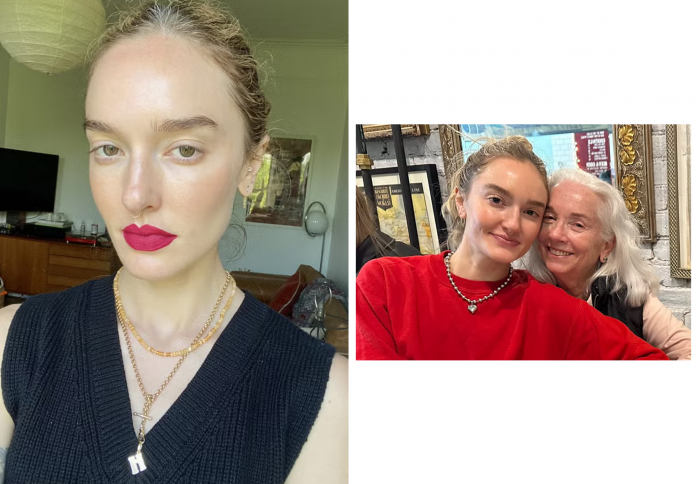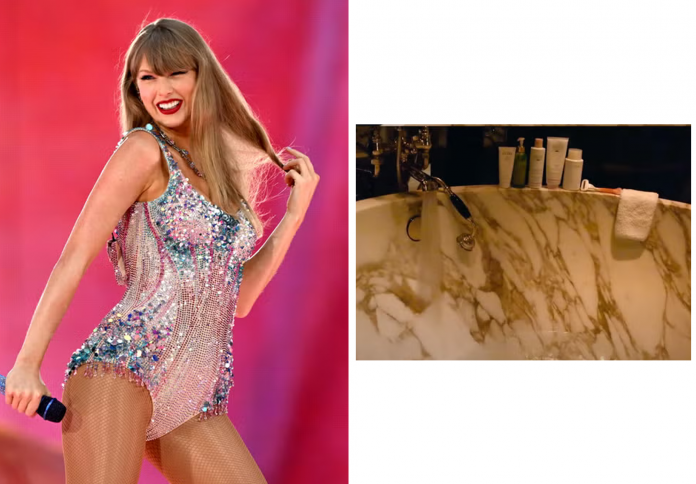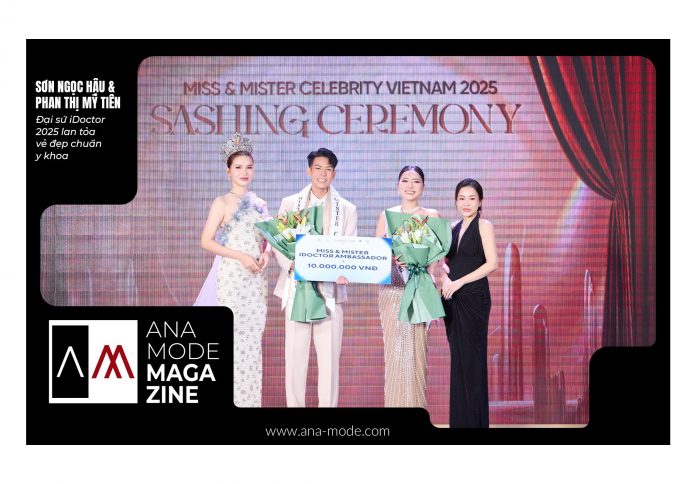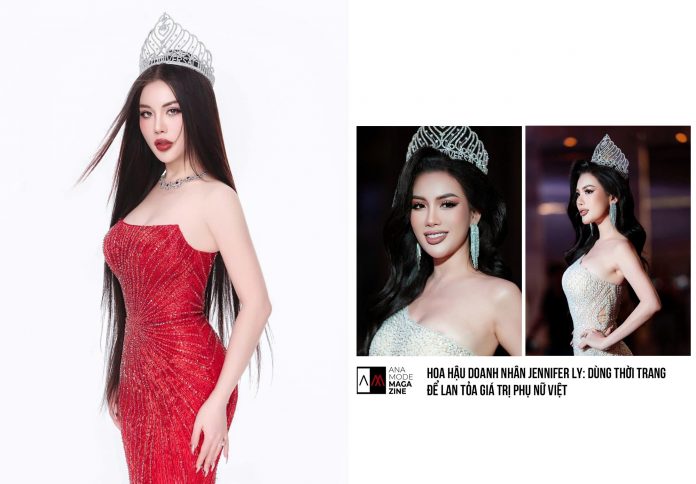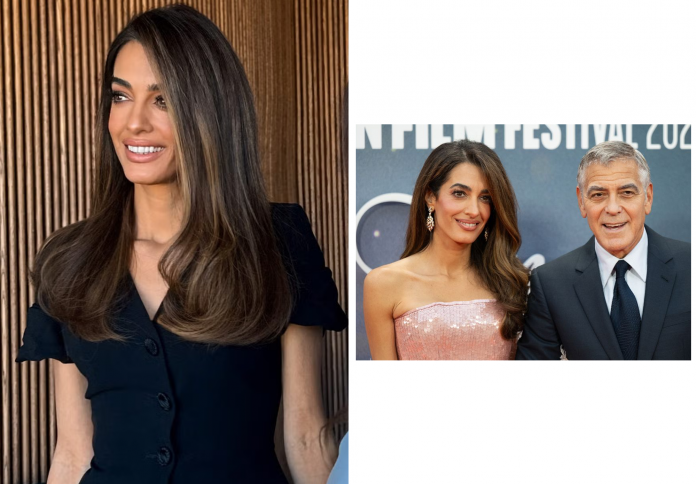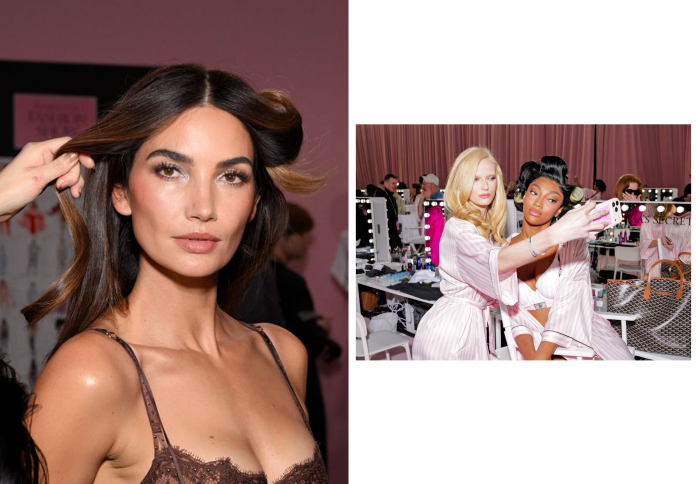The appearance of one’s first gray hair is rarely a moment of simple acceptance, especially when it occurs well before one’s peers. For many women, spotting that first silver strand in their 20s or 30s can feel like an unwelcome introduction to aging, a premature sign of time’s relentless march. Yet, for others, this genetic destiny—often inherited from a parent—becomes a surprising catalyst for redefining beauty and authenticity. The initial panic, the internal debate between obsessive plucking and constant coloring, eventually gives way to a deeper contemplation on societal beauty standards. This personal journey from apprehension to self-acceptance is a powerful statement about embracing one’s natural self in a culture that relentlessly fetishizes youth.
The Genetic Inevitability and the Early Shock
The experience of going gray early is often rooted in family genetics, yet knowing its inevitability does little to lessen the initial shock. For those whose mothers or fathers showed silver threads in their own youth, the appearance of a first gray strand—short, wiry, and a stark contrast to natural color—is less a surprise and more a confrontation with one’s own mortality and identity.

A woman in her mid-30s, well aware of her mother’s salt-and-pepper hair, may still find herself nervously plucking the single “ivory invader.” This act is a futile attempt to deny the biological timetable. While “premature” is medically defined as graying before age 20 for Caucasians, the emotional weight of seeing silver flecks in one’s 30s—an age still associated with peak youth—is considerable. It forces a difficult conversation with the self: Am I ready to look old?
The Relentless Pursuit of Cover-Up
Once the gray strands become more numerous, the emotional pressure often translates into an exhausting regimen of maintenance. For those with naturally dark hair, the contrast between the new silver growth and their original color is particularly striking, creating a visible “halo” of roots mere weeks after a salon visit.
This cycle of coloring becomes a burdensome, expensive, and time-consuming obligation, fuelled by the fear of being seen as “giving up” on looking young. The roots themselves are perceived as a flashing sign that one is actively trying and failing to hide their age. The sheer effort required to maintain an illusion of permanent youth can create a deep psychological fatigue, leading to a constant, internal battle. The central dilemma becomes whether to continue the monthly battle against nature or risk the judgment of a culture obsessed with flawless youth.
The Cultural Stigma and the Double Standard
The decision to stop coloring is complicated by a pervasive double standard in beauty culture. While gray hair on a man is often celebrated as distinguished, a mark of “silver fox” maturity, the same shade on a woman is commonly associated with a loss of vigour, desirability, and relevance.

This disparity underscores the societal pressure on women to maintain a youthful appearance as a marker of self-care and value. To “go gray gracefully” is often seen as a passive surrender rather than an active choice. Embracing natural gray hair, especially prematurely, can therefore feel like a radical, even rebellious, act. It requires letting go of external expectations and finding the confidence to defy a widely accepted beauty imperative.
Embracing Authenticity: The Power of Silver
For many, the pivot from shame and concealment to acceptance is a profoundly liberating moment. It is a decision to embrace authenticity and a declaration of self-possession. The process, however, is not instantaneous; it requires finding a “new way to go gray gracefully,” one that lives somewhere between panic-dyeing and simply ignoring the change.
The transition to full silver often involves a total overhaul of the hair care routine, as gray hair, which is essentially translucent, often has a different texture. It can be finer, yet wirier, requiring more moisture and nutritional support from high-quality conditioners and masks. Instead of a flaw, the silver strands begin to be seen as providing a beautiful, natural dimension to the hair, particularly when paired with a chic, modern haircut. Ultimately, the choice to showcase natural gray hair becomes more than a style decision—it’s a choice to be healthy, strong, and confident in one’s own timeline, redefining beauty on one’s own terms.
